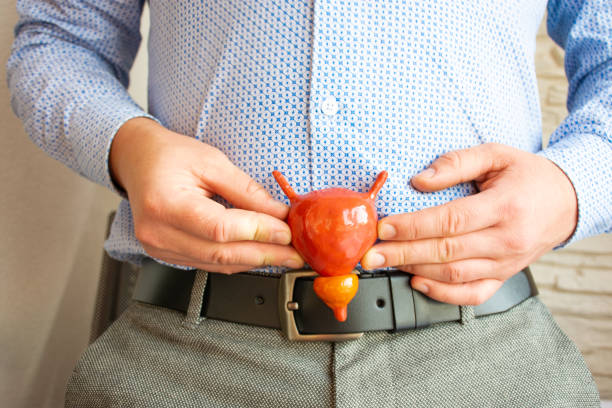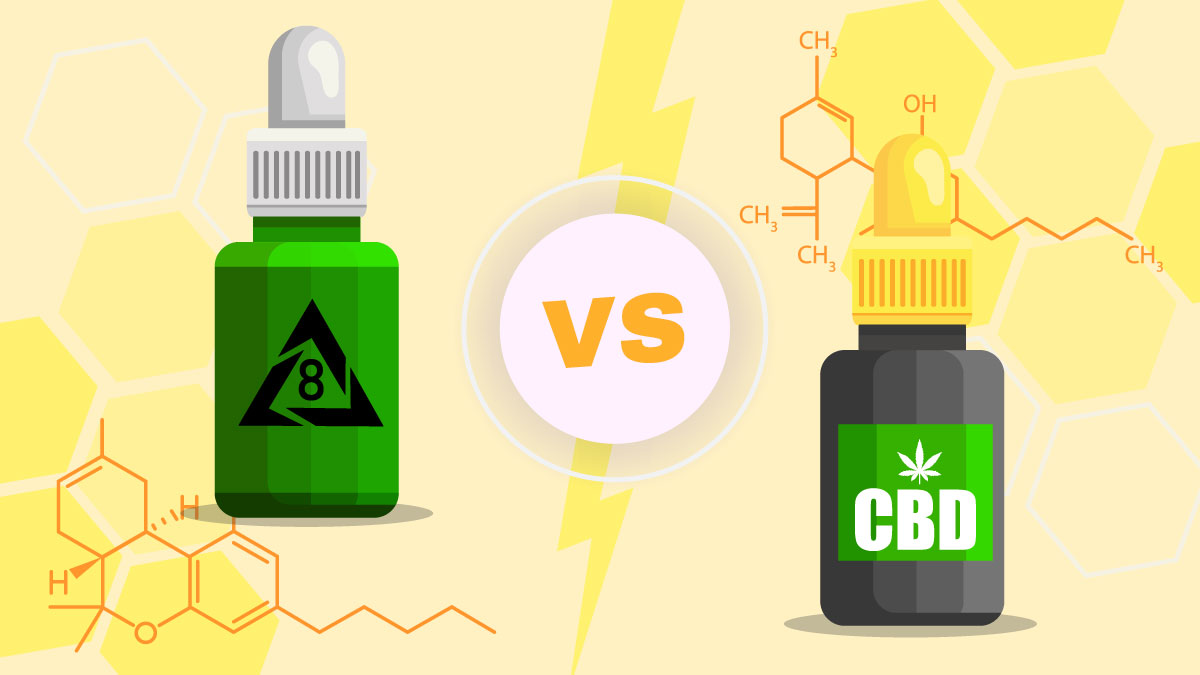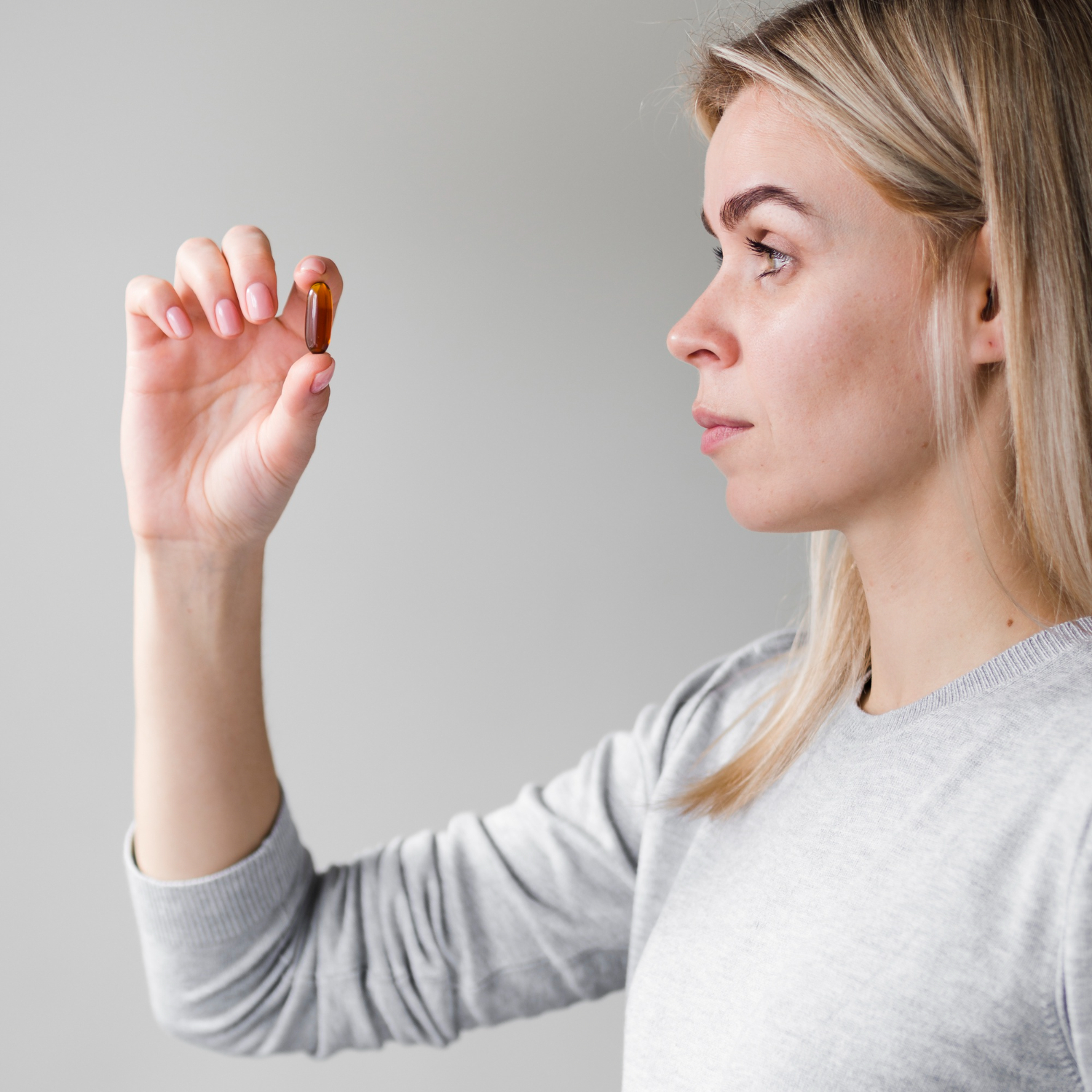The prostate is an organ found in men and is located below the bladder and in front of the rectum. It is a small, walnut-sized gland that is responsible for the production of seminal fluid, which helps to transport sperm during ejaculation. Unfortunately, this gland is also prone to diseases, such as prostate cancer and benign prostatic hyperplasia, both of which can have serious implications for a man’s health. In this blog post, we will discuss where the prostate is located, common prostate diseases, and ways to reduce your risk of developing them.
The prostate is a small, walnut-shaped gland that is part of the male reproductive system.
Where is the prostate gland located? The prostate is located just below the bladder, in front of the rectum. It is an important part of the male reproductive system and plays an important role in producing semen, which carries the sperm from the testicles. It also helps to control urination. Prostate diseases can have serious consequences, so it is important to be aware of any potential problems or symptoms related to the prostate.
The prostate is located just below the bladder, in front of the rectum.
The prostate is a small, walnut-shaped gland that forms part of the male reproductive system. It is located just below the bladder, in front of the rectum. The prostate’s main function is to produce semen which carries sperm from the testicles, however it also helps to control urination.
Problems with the prostate can cause a range of symptoms, including difficulty urinating, decreased urine flow, and blood in the urine. Some common diseases of the prostate are benign prostatic hyperplasia (BPH) and prostatitis. Treatment for prostate diseases varies depending on the specific disease and may include surgery, radiation, or hormone therapy. The most common and potentially dangerous prostate disease is prostate cancer.
Early detection is essential to reduce the risk of developing prostate cancer, so it is important for men over 50 to visit their doctor for regular check-ups. The doctor will be able to advise on the best treatment plan for any conditions related to the prostate.
The main function of the prostate is to produce semen, which carries the sperm from the testicles.
The prostate is an important part of the male reproductive system, and its main purpose is to produce seminal fluid. This fluid, also known as semen, is what carries the sperm from the testicles to the urethra during ejaculation. The prostate helps to mix the sperm with other fluids and proteins, which give it the consistency necessary for successful fertilization. It also secretes chemicals that help to protect and nourish the sperm.
In addition to producing seminal fluid, the prostate also helps to control urination. It surrounds the urethra and contracts when urine passes through it, helping to control the flow of urine from the bladder.
Prostate diseases are relatively common in men, and can have a range of symptoms depending on the specific condition. Common diseases of the prostate include prostate cancer, benign prostatic hyperplasia (BPH), and prostatitis. Symptoms of these diseases may include difficulty urinating, decreased urine flow, and blood in the urine. Treatment for prostate diseases can involve surgery, radiation, or hormone therapy.
Therefore, it is important for men to be aware of the risks associated with prostate disease and get regular check-ups with their doctor. Early detection of any problems can make a huge difference in terms of successful treatment.
The prostate also helps to control urination.
The prostate is part of the male urinary system, and it plays an important role in controlling the flow of urine. The urethra, a tube that carries urine from the bladder to the outside of the body, runs through the center of the prostate gland. The prostate produces secretions that help to keep the urethra lubricated and free from infection.
In addition, the prostate gland contains muscles that help to control the flow of urine. When the muscles surrounding the prostate contract, they compress the urethra, decreasing urine flow. When they relax, they allow urine to flow more freely. This helps to regulate urinary flow and prevents problems such as incontinence or difficulty urinating.
Problems with urination can be a symptom of certain diseases of the prostate, such as benign prostatic hyperplasia (BPH), prostate cancer, and prostatitis. It is important for men to discuss any changes in their urinary habits with their doctor so that proper diagnosis and treatment can be provided.




